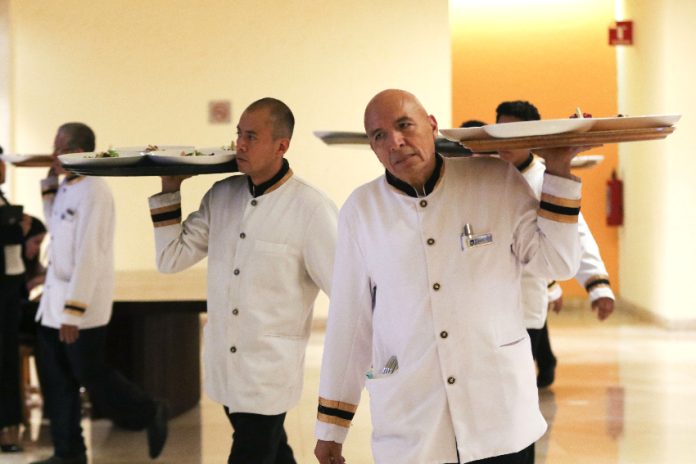As I have written about previously, Mexico is getting more expensive (particularly some parts), and businesses in Mexico are facing a delicate balance right now between labor costs and labor productivity, as they have seen their costs skyrocket over the past few years.
The national unemployment rate is at a record low, with many cities and states facing labor shortages. Labor costs have increased from the combination of low unemployment (leading to salary increases), years of higher than normal inflation and President López Obrador’s administration more than doubling the minimum wage since 2018. For many companies, the appreciation of the peso has even further exacerbated the problem.
Of course conceptually, the idea of workers making more money is a good thing — especially in certain parts of Mexico and certain industries that have historically had very low wages.
However, in reality, things are not quite that simple for businesses. It is critical for the increased wages to be accompanied by increased labor productivity. Not getting this balance right results in a workforce that ultimately is not cost-competitive or worse still, in a diminished product or service offered to customers.
In some industries, I have seen encouraging signs of getting it right. Examples include many advanced manufacturing industries like automotive, auto parts, aerospace, and medical devices that are investing in both technology and training to improve the productivity of their workers. I am also optimistic about the investments of productivity enabling companies like Amazon Web Services and Microsoft in Mexico that bring technologies and training to many professional services workers across large and small businesses.
Where I see a concerning trend playing out is with more basic service (think restaurants, hotels, stores) and construction industry workers. Many employers in these sectors in the past have not invested much in technology and training of their workers quite simply because they didn’t need to. Labor was cheap and plentiful and so it was more profitable to have low-cost unskilled workers, than invest in training and technology to improve worker productivity. This is no longer the case, and unfortunately as a result, I am increasingly seeing companies cut back on their work force to save costs. If this is not done in a thoughtful manner, it can result in a lower quality of service being delivered. Let me share an example.
Just this past week I was in Tulum for a few days. Prices there for many goods and services have increased dramatically from where they were historically, and now even relative to many parts of the United States. I increasingly saw businesses that had reduced their labor headcount in an effort to reduce costs. Restaurants, hotels, stores, pretty much everywhere I went, all had fewer employees than there would have been in the past.
Fewer employees that were dedicated to serve customers, keep things clean, do routine maintenance and make for an enjoyable customer experience. The reduced value versus the cost of what I was paying for was painfully apparent — and many of the employees I saw seemed overworked, frustrated and under-trained.
This could create a big problem for these businesses.
If customers don’t perceive value in what they are paying for, they aren’t satisfied and often won’t come back. Think about when you have had a bad restaurant experience somewhere — the odds of you returning go down dramatically.
This isn’t just a “Mexico” or “Tulum” problem. For example, recently Starbucks Inc released sales and profit results globally for the first quarter of the year that hugely disappointed investors. The CEO, on a painful earnings call, explained that they “did a poor job providing value to their customers, and as a result, customer visits were down.”
In other words, they probably raised their prices too much without also raising the customer value by an equal amount. It is critical for a business to get this balance right or they will likely lose customers, sales and profits.
The reaction to this problem is often further cutting costs, which only exacerbates the problem. In defense of business owners, the cost increases have increased so quickly that the problem is not easy to solve. However, it is precisely those businesses that invest in their employees through training and technology, even in relatively low-technology industries, that will survive and thrive.
As I was leaving the Riviera Maya area on our way to the airport, I passed an employee shuttle of the Belmond Maroma hotel on the highway. The employee shuttle was one of the nicest I have ever seen — unlike many employee shuttles throughout Mexico — and clearly was an example of the investment the company is making in their employees.
The shuttle had a slogan written in English, Spanish and Mayan on it: “Our employees are the heart of our company.”
More companies in Mexico will need to start thinking and acting similarly if they are going to survive in these increasingly complicated times.
Travis Bembenek is the CEO of Mexico News Daily and has been living, working or playing in Mexico for over 27 years.

